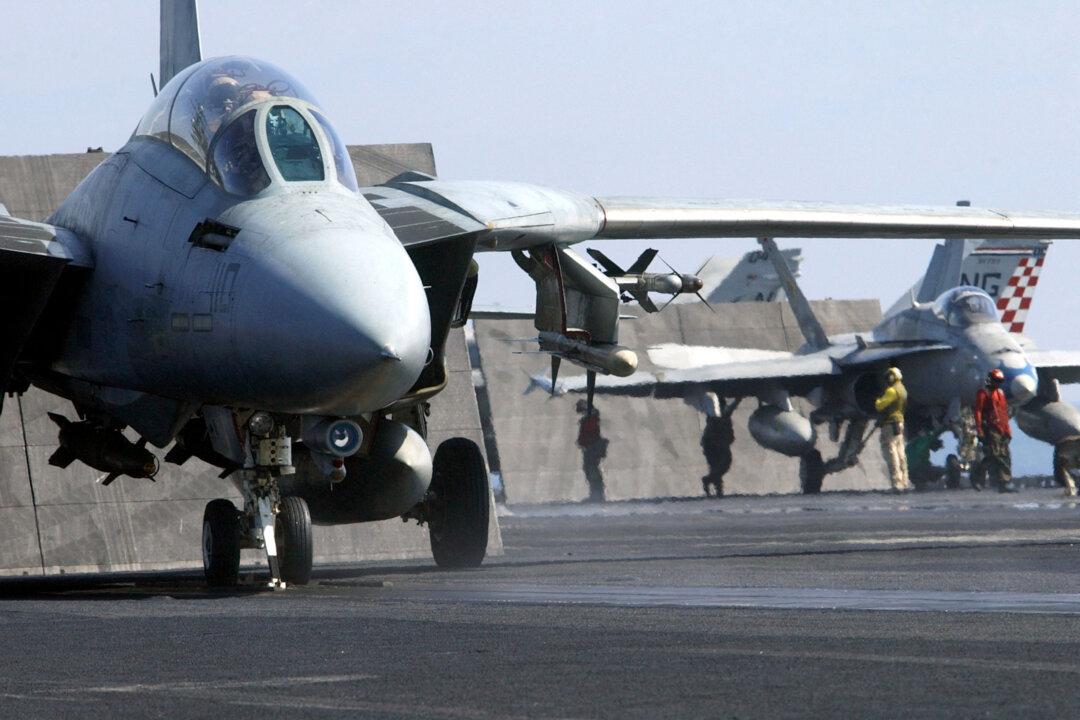Commentary
In the original 1986 “Top Gun,” Pete “Maverick” Mitchell famously proclaimed, “I feel the need, the need for speed!” And Tom Cruise’s co-star, the iconic F-14A Tomcat, delivered big time.

In the original 1986 “Top Gun,” Pete “Maverick” Mitchell famously proclaimed, “I feel the need, the need for speed!” And Tom Cruise’s co-star, the iconic F-14A Tomcat, delivered big time.